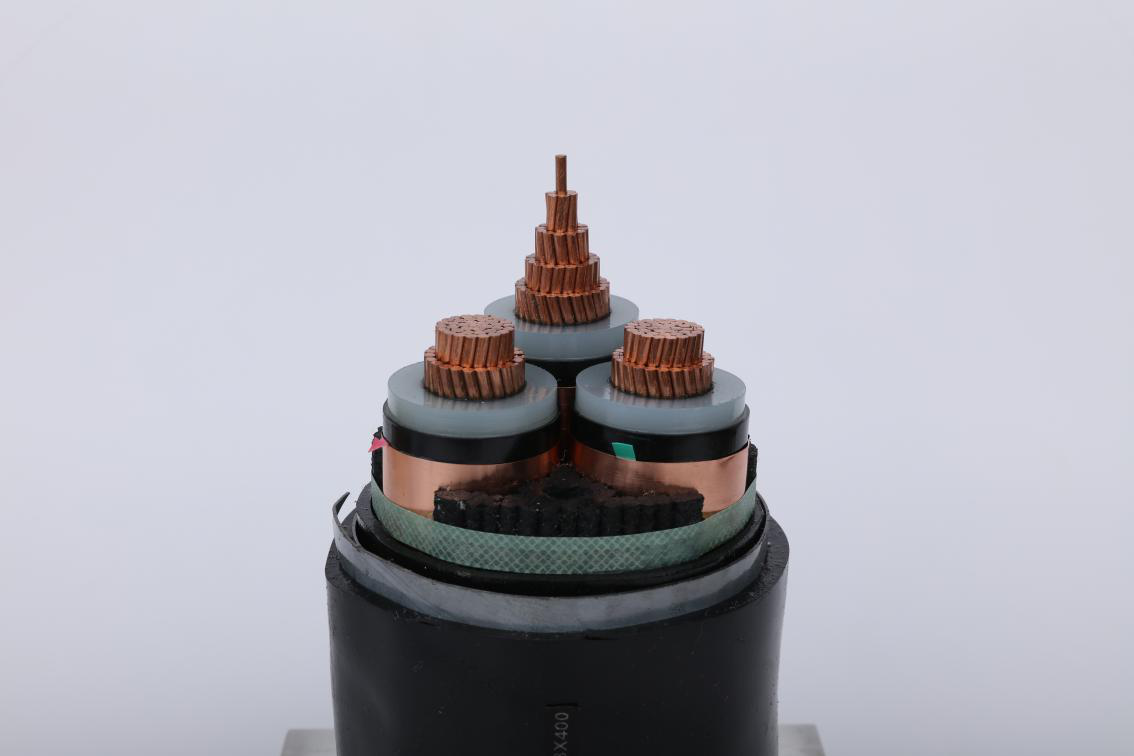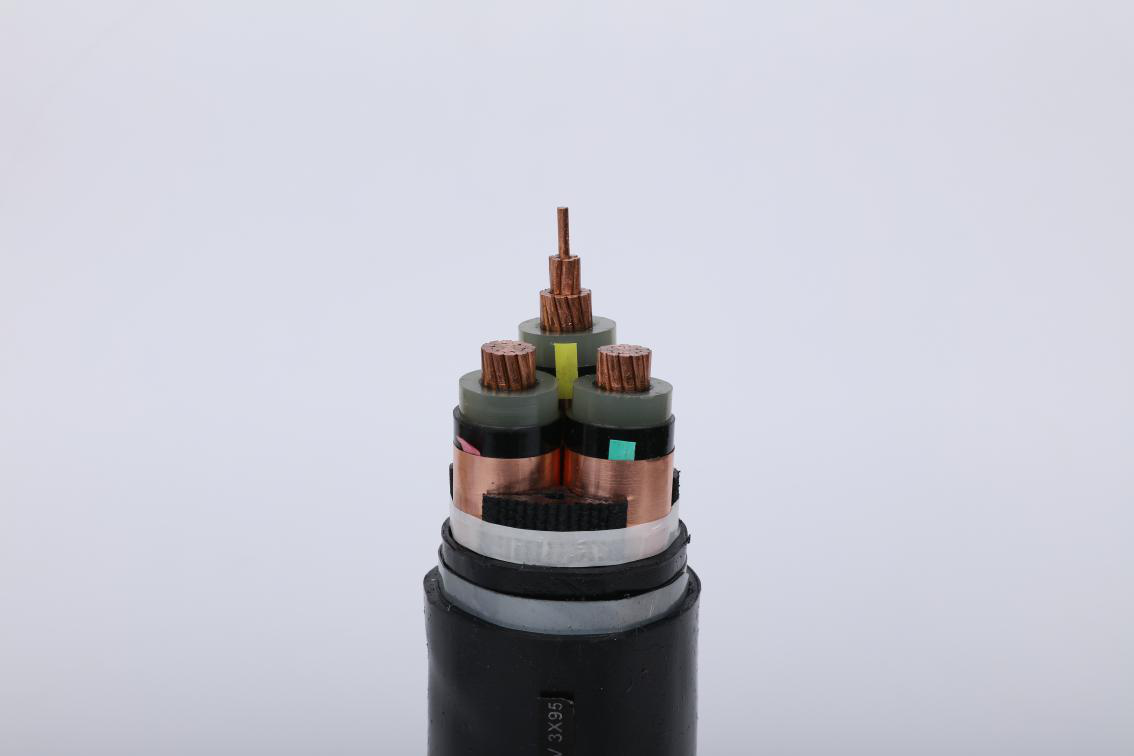Because it is not necessary to provide a high-voltage insulation layer, it is also a waste of money.
The transmission voltage of high-voltage transmission lines is mostly above 10,000 volts, and the voltage of some lines is as high as 100,000 volts and 500,000 volts.
If the insulation layer is to be provided for such a line, the thickness of the insulation layer of ordinary wires is far from enough.
Our usual home wire, the voltage is only 220V, as long as it is wrapped with a thin layer of insulation to prevent people from touching the fire line to prevent electric shock.
However, the high-voltage equipment is different. People stand at a certain distance beside the high-voltage equipment, and even if they do not touch it, they will still cause an electric shock.

The electric shock caused by high voltage can be divided into two types:
Stride voltage electric shock and high voltage arc electric shock.
Stepping voltage electric shock means that if the high-voltage transmission line falls on the ground after the current flows into the earth, the potential near the grounding point will gradually decrease to a distant place, then there is a voltage difference at the position where the two feet stand, and the current flows through the human body. Electric shock is the stride voltage shock.
High-voltage arc electric shock is when people approach a high-voltage device to a certain distance, it will produce arc discharge, that is, you will see a flash of an instant, then the electric shock is knocked down by high pressure and even died.
Therefore, it is not enough to simply coat the high-voltage transmission line with a layer of insulation on the home wire.
The safety distance of the person who is in contact with the high-voltage line is calculated to be one millimeter per 3,000 volts, and the thickness of the insulating layer of the 500,000-volt line is at least about 17 cm.
Such a thick insulation layer is bound to greatly increase the weight of the transmission line, so for a transmission line of thousands of kilometers, the cost of investment will certainly increase exponentially.
In fact, the easiest way to prevent high-voltage lines from harming people is to separate the line from the people. If people can't get close to the line, they will not cause an electric shock.
For example, in the use of high-voltage towers to put the transmission lines to the high ground, people walking under the high-voltage lines is completely non-electrical, so there is no need to provide insulation for the line.
The industry calls this method "air insulation".

Of course, there are also high-voltage lines covered with insulation, we call them high-voltage cables.
High-voltage cables are generally used in areas that are not suitable for the construction of overhead lines, such as the underground.
In addition to a thicker insulating layer, the high-voltage cable uses a copper core. Therefore, the cost of a high-voltage cable is more than 10 times that of a conventional overhead line.
This method is not used unless it is absolutely necessary.